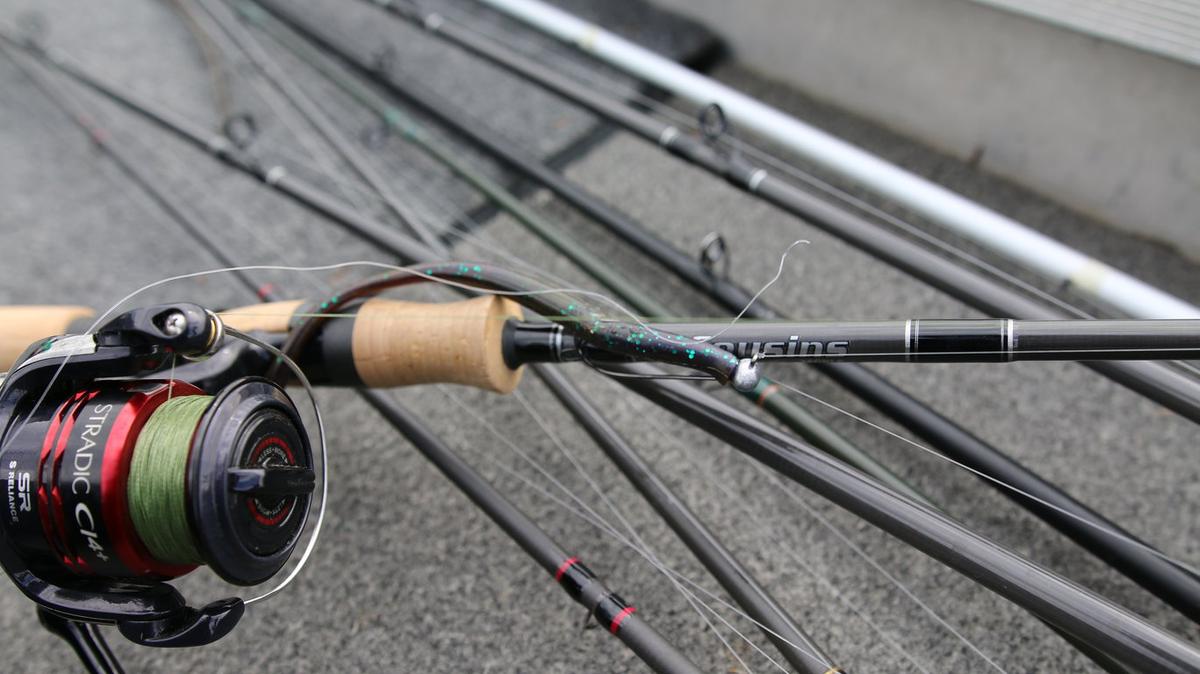3 Ways To Minimize “Loops” With Spinning Tackle
Spinning tackle has come a long way. In years past, what was often referred to as the “sissy stick” has earned its place in the hands of top anglers across the entire country. Finesse tactics like the drop shot and shakey head are not just limit fillers any more – they’re becoming tournament dominators in their own right.Just last year, a top tour pro finished in third place at a major tournament on the Tennessee River in June – throwing a Neko rig on ledges. He averaged over 23 pounds per day with a spinning rod while other anglers were striking out with baitcasting tackle.Despite said progress, there’s still one downside to spinning tackle.The dreaded loop.Everyone’s seen it – what looks like a little loop rising out of the spool of line quickly turns into coils upon coils of line lying on the floor of your boat placing that reel out of commission until re-spooled.Here’s how you can prevent those dreaded loops:
1. Line Your Spinning Tackle Correctly
The most common cause of loops is line twist – which is exacerbated by not putting line on a spinning rod correctly. To do so, concentrate on reeling on the line the same way it’s coming off the filler spool. There are lots of articles about “counterclockwise” or “Clockwise”, but the truth is that doesn’t matter as long as it’s winding off the filler spool the same way it’s winding onto the reel.
2. Manually Close The Bail
The number one cause of spinning tackle loops is when an angler reels to close the bail. Doing so closes the bail but doesn’t ensure the line is in the roller guide. If the line isn’t in the roller guide and there is any slack, it will loop the next time it’s reeled up. Fortunately, this is one of the easiest things there is for an angler to fix, and it works with a $40 dollar reel just as easily as with a $400 reel. Simply close the bail by hand, and give a quick tug on the line to ensure it’s tight. Watch any top tournament, and you’re unlikely to see a single angler reel their bail shut. It doesn’t take more than a second, and before long it becomes muscle memory.
3. Use Braid Or A Large Arbor Reel
Braided line is strong, thin, sensitive, and also not prone to twist. For that reason, many anglers have switched almost exclusively to braid for all spinning applications. By adding a mono or fluorocarbon leader, they get the benefits of light line, without any of the handling issues. 15 to 20 pound braid is thinner than most mono, so it’s ideal for most spinning applications. If you’re unwilling to go the braid route, another option is to switch to larger arbor reels, in the 3000 or 4000 size. The larger the spool, the less likely a loop will form.
Updated May 25th, 2016 at 7:33 PM CT


